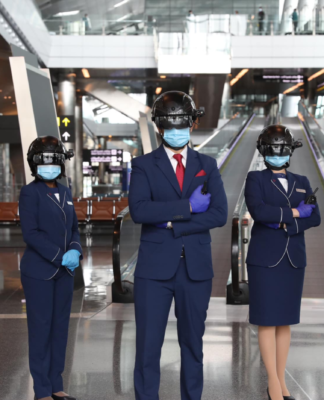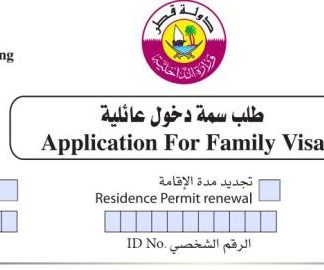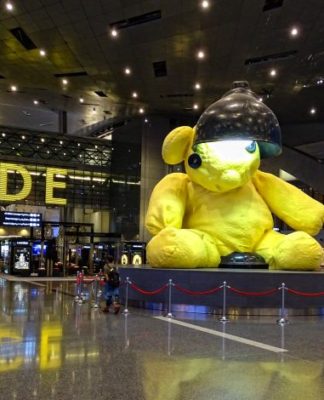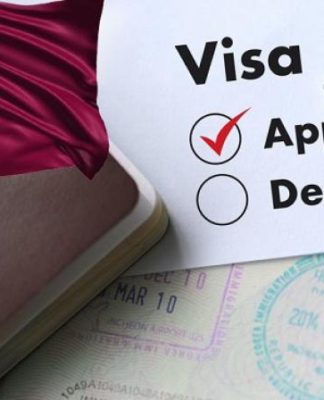Ukrainian International Airlines flight PS752, bound for Kyiv, crashed minutes after takeoff from Imam Khomeini International Airport in Tehran on Wednesday.
All 176 people on board the Boeing 737-800 aircraft were killed.
Most passengers were dual national Iranian-Canadians, but they also included Ukrainians, Afghans, Britons and Swedes.
Here are answers to five main questions:
What happened?
The Ukrainian airliner took off at 6:12am and was given permission to climb to 26,000 feet (7,925 m), Iran’s report said. It crashed six minutes later near the town of Sabashahr in Tehran Province.
There was no radio communication from the pilot and the aircraft disappeared from radar at 8,000 feet (2,440 m), the report said.
Bodies and body parts recovered from the site of the crash were taken to the coroner’s office for identification, it said.
Just after the crash, the Ukrainian embassy in Iran blamed technical failure, but then retracted the claim.
On Thursday, US, British and Canadian officials said intelligence sources indicated Iran shot down the plane, perhaps unintentionally, but this has been denied by Tehran.
A US official, citing satellite data, said the evidence showed the plane airborne for two minutes after departing Tehran when heat signatures of two surface-to-air missiles were detected.
There was an explosion in the vicinity and heat data showed the plane on fire as it fell.
Is there any evidence that the plane was hit?
The New York Times said it had obtained a video appearing to show an Iranian missile hitting a plane near Tehran airport.
But Iran’s aviation authority chief, Ali Abedzadeh, said the missile theory could not be “scientifically correct” because it was not possible for an airliner to be hit and “continue flying for 60 to 70 seconds”.
And “the debris collected has been in a very limited area. If there was an explosion in the wings it should have been much more scattered,” Abedzadeh said.
The airliner went down in the dark just minutes after takeoff, with no radio message from the pilot to indicate distress, according to the Iranian aviation authorities.
The pilot did not call the tower because “he must have been trying to save the airplane before anything else”, Abedzadeh said.
What has happened in the aftermath?
Iranian authorities have given Ukrainian investigators access to the fragments of the plane that crashed earlier this week and they were examined late on Thursday, according to a statement by the Ukrainian president’s office.
The French air accident investigation authority said it has been invited by Iran to join the probe.n.
The Transportation Safety Board of Canada said it was making arrangements to tour the site after an Iranian invitation.
The US National Transportation Safety Board (NTSB) said it had designated a representative to join the probe. Boeing said it would support the NTSB.
How has the international community responded?
Germany’s Lufthansa and Austrian Airlines suspended flights to Tehran until January 20.
French airline KLM Air France suspended flights over Iraqi and Iranian airspace. Norwegian Air Shuttle said it is rerouting Dubai flights “as a precautionary measure and due to the uncertain situation in Iran”.
Vietnam Airlines has rerouted flights while Taiwan’s largest carrier China Airlines will not fly over Iran or Iraq.
Malaysia Airlines, which does not fly over Iraqi airspace, and Singapore Airlines said it would avoid Iranian airspace.
Australia’s Qantas Airways adjusted routes to avoid both countries’ airspace, adding up to 50 minutes to Perth-London flights and requiring it to reduce passenger numbers to carry the necessary fuel.
Transport Canada said Air Canada was altering its routes.
Alitalia, which has not had flights to Iran since December 2018, says its flights to New Delhi and the Maldives are using alternate routes to those which usually fly over Iran and Iraq.
The United Arab Emirates General Civil Aviation Authority said: “The General Civil Aviation Authority (GCAA) calls national air operators to evaluate flight path risks that may affect aviation operations, the GCAA continues to monitor and assess regional developments, and will take all necessary and appropriate measures promptly.”
Earlier this week Russia’s aviation authority also advised its air carriers to avoid flights in the airspace of Iraq, Iran, the Gulf and the Gulf of Oman.
What is expected to happen now?
The head of Iran’s investigation team, Hassan Rezaeifar, told state television that Tehran would use expert help from Russia, Ukraine, France and Canada “if we cannot recover data” from the plane’s recorders.
Rezaeifar said on Friday that recovering the data could take more than one month and the entire investigation into the crash could take more than one year.
SOURCE: aljazeera.com














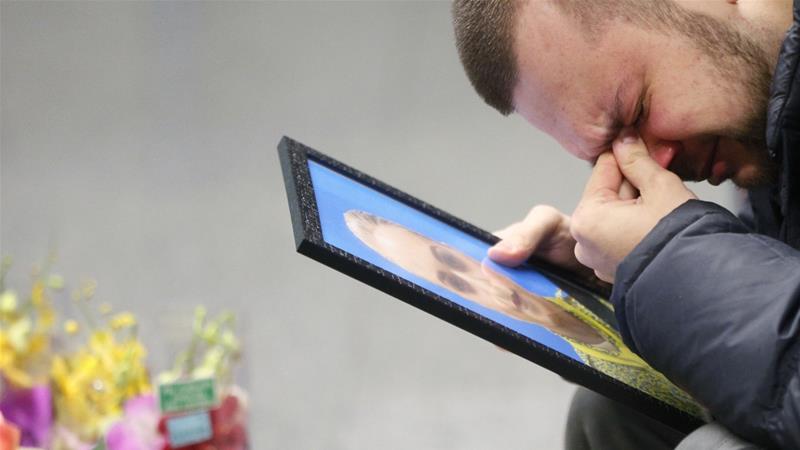


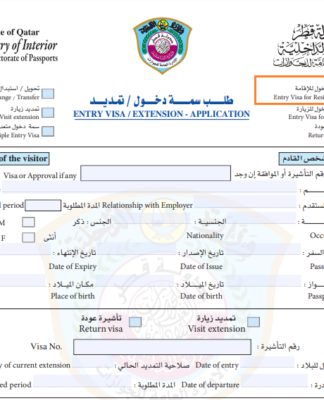






![Qatar Labor Law In 2020??? [UPDATES]](https://welcomeqatar.com/wp-content/uploads/2020/12/Qatar-Labor-Law-1-696x366-1-324x366.jpg)
